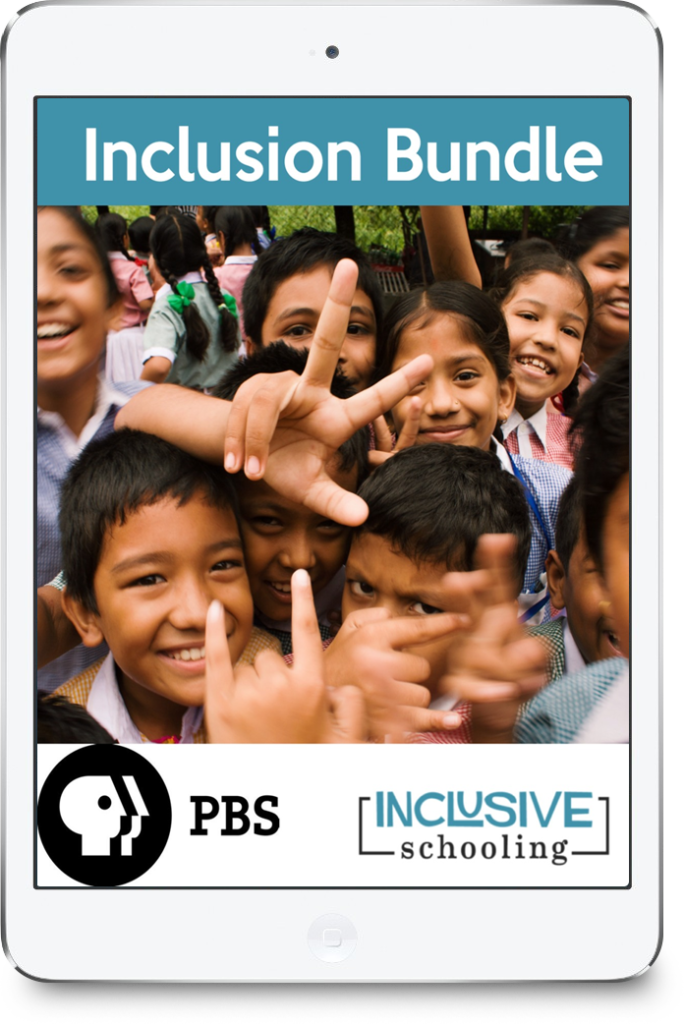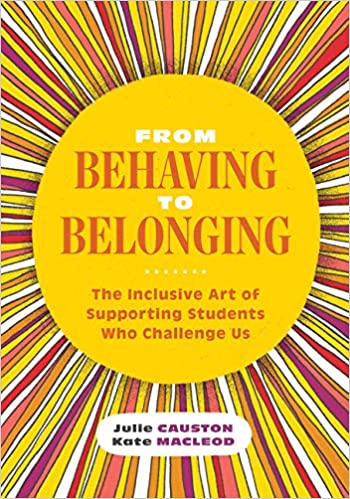
Your Inclusion Solution!
Inclusion can seem hard to implement, but it actually creates better environments for both students and teachers. Sometimes, we just need some support on what that looks like and how to do it, which we’ve included in this download so that you get started creating whole-hearted, inclusive classrooms from the district level down.
- Discover the 5 ways to turn line makers into circle makers
- Learn how students with disabilities have made greater academic gains and increased their academic performance
- The science behind how students with disabilities do better behaviorally and socially with inclusion
- The tools you need to help guide your linemakers to become circlemakers in your district
- The three steps you can take to begin to create circles for your team
- 9 practices to make any lesson inclusive
- Ways to achieve meaningful and active involvement for students with disabilities
- A helpful infographic to help guide you in meaningfully fading support
- Reflection questions that guide you to create your own inclusive lessons

Just Released! From Behaving to Belonging: The Inclusive Art of Supporting Students Who Challenge Us
Challenging behavior is one of the most significant issues educators face. Though it may seem radical to use words like love, compassion, and heart when we talk about behavior and discipline, the compassionate and heartfelt words, actions, and strategies teachers employ in the classroom directly shape who students are—and who they will become. But how can teaching from the heart translate into effective supports and practices for students who exhibit challenging behavior?
In From Behaving to Belonging, Julie Causton and Kate MacLeod detail how teachers can shift from a “behavior management” mindset (that punishes students for “bad” behavior or rewards students for “good” or “compliant” behavior) to an approach that supports all students—even the most challenging ones—with kindness, creativity, acceptance, and love.
